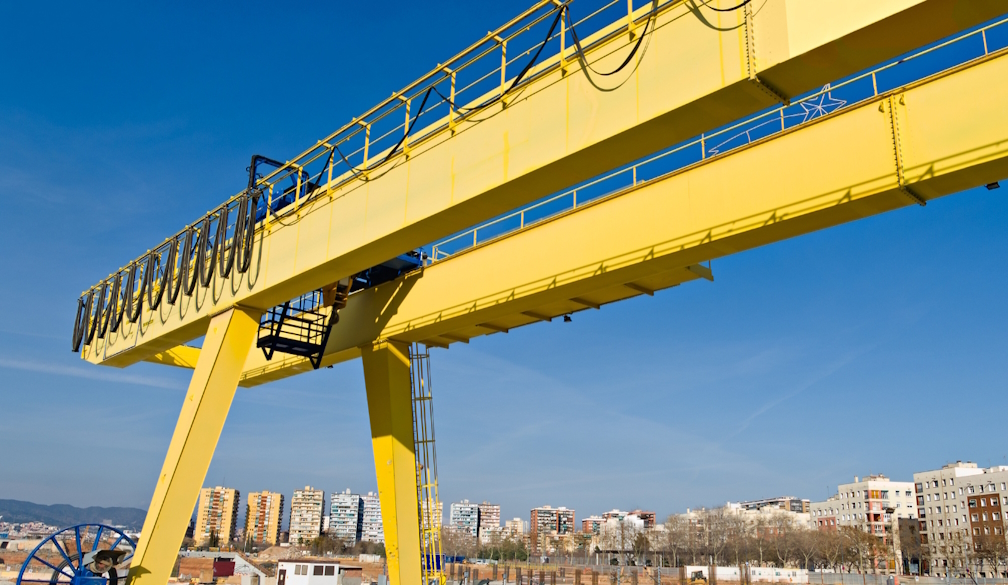Gantry Crane: Utilisations and Variations

Gantry cranes stand as stalwart giants in the realm of material handling and logistics. Their versatility and robustness make them indispensable across various industries. From loading and unloading heavy cargo at ports to facilitating construction projects, these towering structures play a pivotal role in streamlining operations. Let's delve into the diverse uses and variations of gantry cranes.
Understanding Gantry Cranes
Gantry crane is also known as portal cranes, are characterised by their overhead structure supported by legs that run on rails or wheels. This design offers immense flexibility, allowing them to operate in diverse environments, both indoors and outdoors. The primary components of a gantry crane include the bridge, hoist, trolley, and supporting framework.
Utilisations Across Industries
Ports and Shipping Yards
In port facilities, gantry cranes are indispensable for loading and unloading cargo containers from ships onto trucks or trains. These cranes, often towering over the docks, efficiently handle containers of varying sizes and weights, ensuring smooth maritime operations.
Construction Sites
Gantry cranes find extensive use in construction projects, where they aid in lifting and positioning heavy materials such as steel beams, concrete panels, and machinery. Their mobility and lifting capacity make them ideal for navigating dynamic work environments typical of construction sites.
Warehousing and Logistics
Within warehouses and distribution centers, gantry cranes are instrumental in organising and moving goods efficiently. They can effortlessly transport pallets, containers, and machinery, optimising storage space and expediting the fulfillment process.
Manufacturing Facilities
In manufacturing settings, gantry cranes facilitate the assembly and movement of large components and finished products. They play a crucial role in various industries, including automotive, aerospace, and electronics, where precision and efficiency are paramount.
Variations of Gantry Cranes
Single Girder Gantry Crane
Single girder gantry cranes feature a single bridge beam supported by two legs, offering cost-effective solutions for light to moderate lifting tasks. They are suitable for applications with lower headroom constraints and can be customised to meet specific operational requirements.
Double Girder Gantry Crane
Double girder gantry cranes are designed with two bridge beams mounted on parallel runways supported by legs. This configuration enhances stability and lifting capacity, making them ideal for handling heavier loads in demanding environments such as steel mills and shipyards.
Rubber-Tired Gantry Crane (RTG)
RTGs are equipped with rubber tires, allowing them to move independently without the need for fixed rails. These cranes are commonly used in container terminals and storage yards, offering flexibility in positioning and maneuverability.
Rail-Mounted Gantry Crane (RMG)
RMGs are fixed to rails embedded in the ground, providing precise movement along designated tracks. They are preferred for high-density container stacking in port terminals, maximising space utilisation and operational efficiency.
Semi-Gantry Crane
Semi-gantry cranes feature one end supported by a gantry structure while the other end is supported by a building column or wall. This configuration is suitable for applications where space constraints or existing structures limit the installation of a full gantry system.
Conclusion
Gantry cranes stand as versatile workhorses across a myriad of industries, facilitating the movement of heavy loads with precision and efficiency. Their adaptability and diverse configurations make them indispensable assets in ports, construction sites, warehouses, manufacturing facilities, and beyond. Understanding the various types of gantry cranes and their applications is essential for selecting the optimal solution to meet specific operational needs and enhance productivity in material handling operations.


























